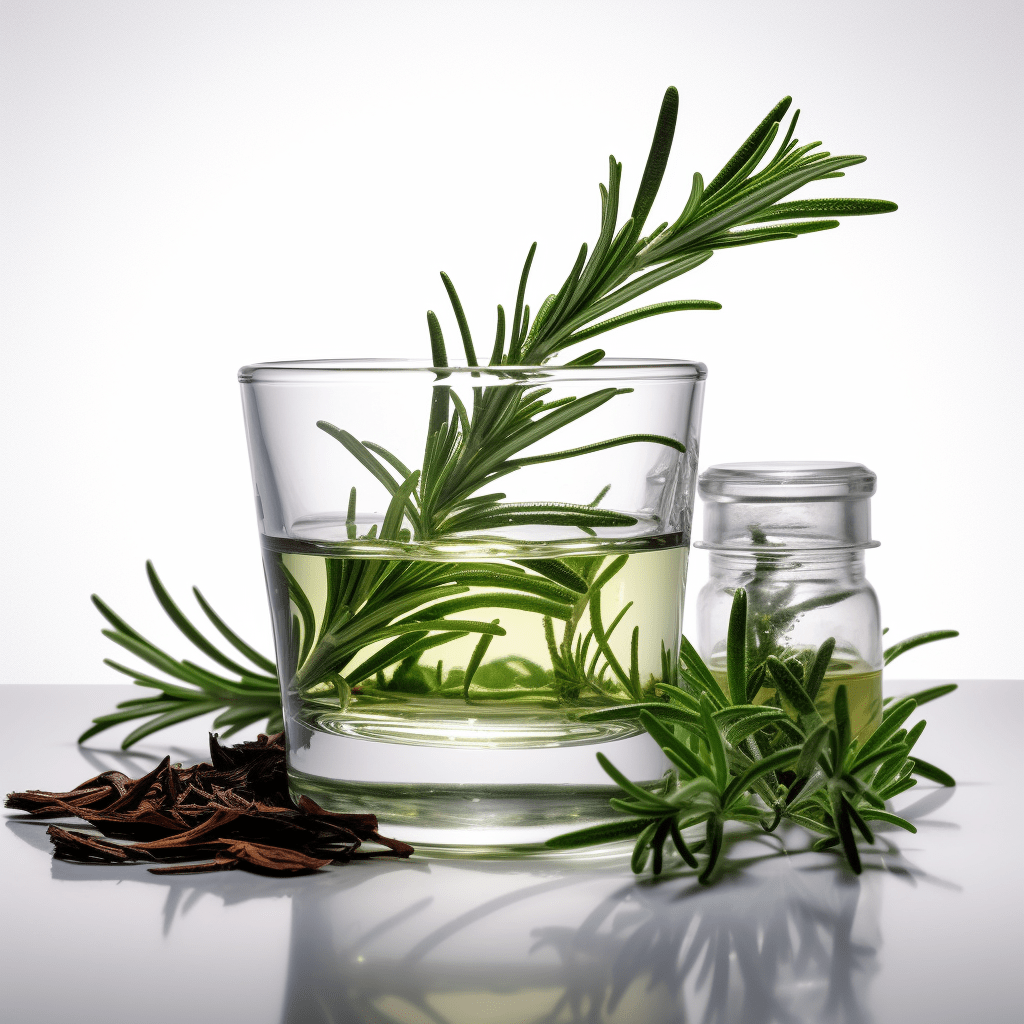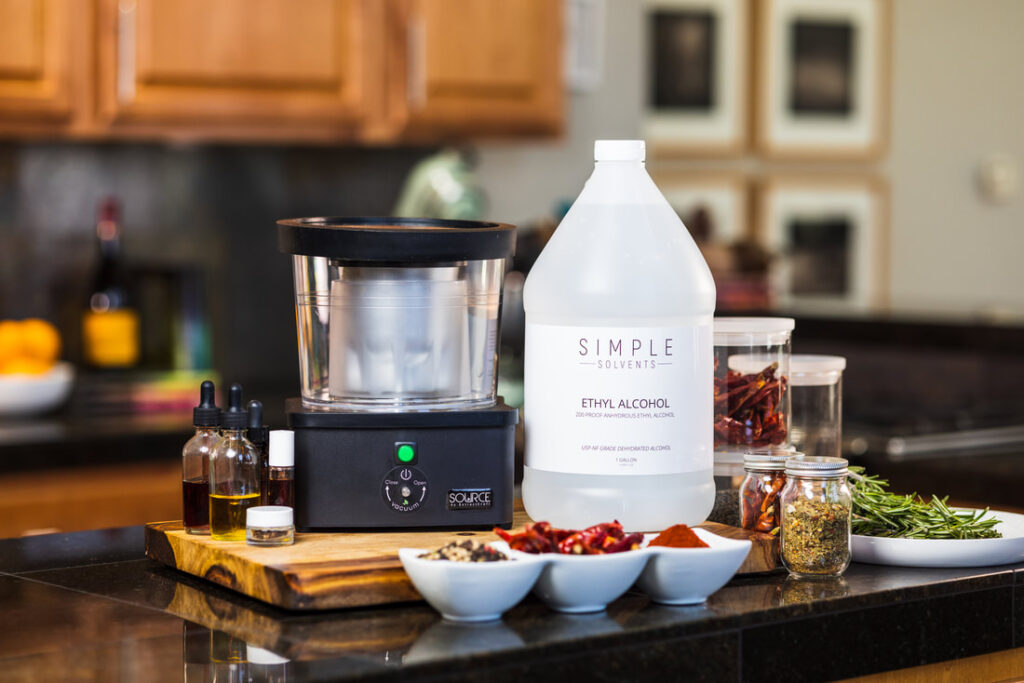Botanical Extractions: The Value of Ethanol and How to Use It

Botanical Extractions: The Value of Ethanol and How to Use It
Botanical extracts have been an essential part of herbal medicine and natural product formulation for centuries. These extractions help isolate the desired compounds from plant materials, making them more bioavailable and easier to use.
That said, among the various solvents used for extraction, ethanol stands out for its efficacy, versatility, and safety. Today, we will explore the value of ethanol in botanical extractions and provide a step-by-step guide on how to use it effectively:
The Value of Ethanol in Botanical Extractions
Ethanol is used in so many botanical extractions for a couple of reasons:
1. Safety
Ethanol is a non-toxic, food-grade solvent that is generally recognized as safe (GRAS) by the FDA. This means that when used appropriately, ethanol poses minimal risk to human health and the environment. Additionally, ethanol evaporates quickly and can be easily removed from the final extract, ensuring that no residual solvent is present in the finished product.
2. Versatility
Ethanol is an effective solvent for extracting a wide range of compounds from different plant materials. It can dissolve both polar (water-soluble) and nonpolar (fat-soluble) substances, making it ideal for capturing a broad spectrum of phytochemicals, including alkaloids, flavonoids, terpenes, and essential oils.
3. Enhanced Bioavailability
Ethanol-based extracts are more bioavailable than other types of extracts due to their high solubility in water and lipids. This improved solubility allows the active compounds to be more easily absorbed by the body, resulting in a more potent and effective remedy or product.
4. Preservation of Extracts
Lastly, ethanol acts as a natural preservative, preventing the growth of bacteria, mold, and yeast in the final extract. This ensures a longer shelf-life for the finished product without the need for artificial preservatives.

How to Use Ethanol in Botanical Extractions
If you want to use ethanol in botanical extractions, here’s what to do:
1. Choose the Appropriate Plant Material
The first step in any extraction process is selecting high-quality, organically grown, or ethically wildcrafted plant materials. Dried plant materials are generally preferred for ethanol extractions, as they have lower water content and yield a more concentrated extract.
2. Prepare the Plant Material
Grinding or milling the plant material into a fine powder increases the surface area, allowing the ethanol to penetrate the plant material and dissolve the desired compounds.
3. Select the Right Ethanol Concentration
The ideal ethanol concentration for botanical extractions depends on the specific compounds you wish to extract. Generally, a concentration between 70% and 95% is effective for most botanicals. Lower concentrations (e.g., 40-60%) may be used for extracting more water-soluble compounds or for extracting delicate botanicals.
4. Perform the Extraction
Combine the ground plant material with the appropriate volume of ethanol in a sealed container. The ratio of plant material to ethanol may vary depending on the specific extraction, but a common starting point is 1:5 (1 part plant material to 5 parts ethanol). Shake or stir the mixture daily for 1-2 weeks, allowing the ethanol to dissolve the desired compounds.
5. Strain and Filter the Extract
After 1-2 weeks, separate the solid plant material from the liquid extract using a fine mesh strainer or cheesecloth. For a clearer extract, filter the liquid through a coffee filter or laboratory filter paper.
6. Evaporate the Ethanol (Optional)
This step is optional. If you wish to obtain a more concentrated extract, you can evaporate some of the ethanol using a rotary evaporator, vacuum distillation system or by allowing the extract to stand uncovered in a well-ventilated area. However, be aware that evaporating the ethanol may also remove some volatile compounds, altering the chemical profile of the final extract.
7. Store the Extract
Finally, transfer the final ethanol-based extract to a dark glass bottle, and label it with the plant name, extraction date, and any other relevant information. Store the bottle in a cool, dark place to preserve its potency and prevent degradation.
Conclusion
All in all, ethanol is a valuable and versatile solvent for botanical extractions, offering numerous benefits in terms of safety, efficacy, and preservation. By following a careful extraction process and selecting the appropriate plant materials and ethanol concentration, you can produce high-quality extracts for use in natural remedies, cosmetics, and other applications!
At Simple Solvents, we cater to a wide range of clients, from industrial manufacturers to home-based enthusiasts, by providing the highest quality pharmaceutical-grade ethanols and solvents available in the market. We also ensure to provide evidence of purity for each batch we produce. If you are interested in obtaining high-quality ethanol, check out what we offer!
